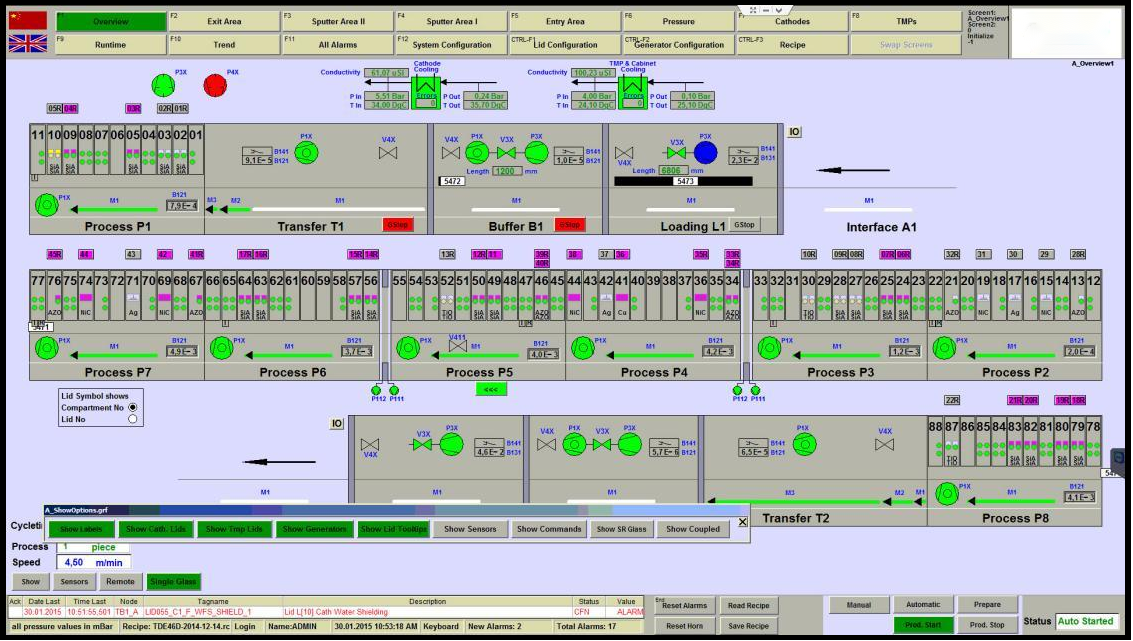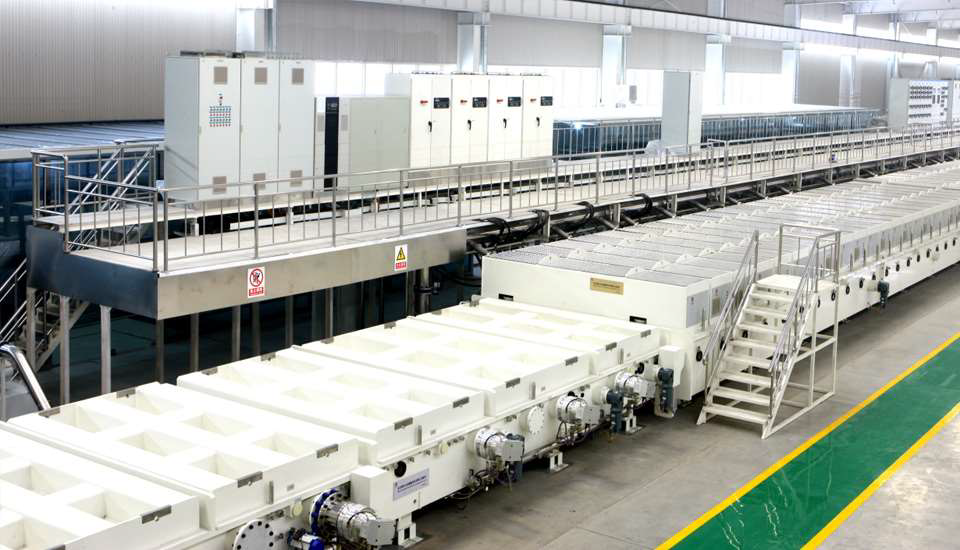Understanding Modern Glass Coating Technologies
Glass coating technology has revolutionized the way we enhance and protect glass surfaces across various industries. From architectural applications to automotive windshields, the glass coating line process has become increasingly sophisticated, offering multiple coating options that serve different purposes. These advanced coating solutions not only improve the functionality of glass but also extend its lifespan and performance capabilities.
Primary Categories of Glass Coatings
Low-Emissivity (Low-E) Coatings
Low-emissivity coatings represent one of the most significant advances in glass coating technology. In a glass coating line, these microscopically thin metal or metallic oxide layers are applied to control heat transfer through windows. The coating allows visible light to pass through while blocking infrared and ultraviolet radiation. This remarkable technology helps maintain indoor temperature stability, reducing energy costs for heating and cooling.
Modern low-E coatings can be customized to suit different climate zones and building requirements. In cold climates, they can be engineered to allow some solar heat gain while preventing indoor heat from escaping. Conversely, in warm climates, they can be designed to minimize solar heat gain while maximizing visible light transmission.
Self-Cleaning Coatings
Self-cleaning coatings have gained tremendous popularity in both commercial and residential applications. These innovative coatings work through a photocatalytic process, where titanium dioxide (TiO2) is applied in the glass coating line. When exposed to UV light, the coating breaks down organic dirt and creates a hydrophilic surface that allows water to spread evenly, washing away debris.
The application of self-cleaning coatings requires precise control in the glass coating line to ensure uniform distribution and optimal thickness. This technology significantly reduces maintenance costs and keeps glass surfaces cleaner for longer periods, particularly beneficial for high-rise buildings and difficult-to-reach windows.

Specialized Performance Coatings
Anti-Reflective Coatings
Anti-reflective coatings are essential for applications where maximum light transmission and minimal reflection are crucial. These coatings are applied through a sophisticated process in the glass coating line, typically involving multiple layers of metal oxides. The result is glass that reduces glare and improves visibility, making it ideal for display cases, museum exhibits, and high-end retail storefronts.
The technology behind anti-reflective coatings continues to evolve, with newer formulations achieving better performance and durability. Modern glass coating lines can now apply these coatings with unprecedented precision, ensuring consistent quality across large surface areas.
Conductive Coatings
Conductive coatings represent a cutting-edge development in glass technology. Applied in specialized glass coating lines, these transparent conductive oxide (TCO) coatings transform ordinary glass into sophisticated electronic components. They're essential for touchscreens, solar panels, and heated windows, offering both conductivity and transparency.
The application of conductive coatings requires extremely precise control of coating thickness and uniformity. Modern glass coating lines utilize advanced monitoring systems to ensure consistent electrical properties across the entire surface while maintaining optimal optical transparency.
Protective and Decorative Coatings
Scratch-Resistant Coatings
Scratch-resistant coatings are vital for glass surfaces exposed to regular wear and tear. These hard coatings are typically applied using advanced chemical vapor deposition (CVD) processes in the glass coating line. They create a super-hard surface layer that significantly improves the glass's resistance to scratching and abrasion.
The latest developments in scratch-resistant coating technology have produced solutions that not only protect the glass but also maintain its optical clarity and can be combined with other functional coatings for enhanced performance.
Color and Decorative Coatings
Decorative coatings add aesthetic value while maintaining the glass's functional properties. Modern glass coating lines can apply a wide range of metallic and ceramic coatings to create various colors and effects. These coatings can be uniform or patterned, offering architects and designers unprecedented creative freedom.
Advanced control systems in the glass coating line ensure consistent color reproduction and pattern alignment across large panels. These decorative coatings can also be combined with functional coatings to create glass that is both beautiful and high-performing.
Frequently Asked Questions
How long do glass coatings typically last?
The durability of glass coatings depends on the type of coating and environmental conditions. Most high-quality coatings applied in a modern glass coating line can last 15-20 years or more under normal conditions. Hard coatings and low-E coatings are particularly durable and can often last the entire lifetime of the glass.
Can multiple coatings be applied to the same glass surface?
Yes, modern glass coating lines can apply multiple layers of different coatings to achieve combined benefits. However, the compatibility of different coatings must be carefully considered, and the application sequence is crucial for optimal performance. The process requires precise control and specialized expertise.
What factors affect the quality of glass coatings?
Several factors influence coating quality, including the cleanliness of the glass surface, environmental conditions in the glass coating line, coating material quality, and application precision. Temperature control, humidity levels, and dust prevention are critical factors that must be carefully monitored throughout the coating process.
 EN
EN
 AR
AR
 BG
BG
 HR
HR
 CS
CS
 DA
DA
 NL
NL
 FI
FI
 FR
FR
 DE
DE
 EL
EL
 HI
HI
 IT
IT
 JA
JA
 KO
KO
 PL
PL
 PT
PT
 RO
RO
 RU
RU
 ES
ES
 SV
SV
 TL
TL
 IW
IW
 LV
LV
 LT
LT
 SK
SK
 SL
SL
 UK
UK
 VI
VI
 ET
ET
 HU
HU
 MT
MT
 TH
TH
 TR
TR
 FA
FA
 MS
MS
 SW
SW
 GA
GA
 AZ
AZ
